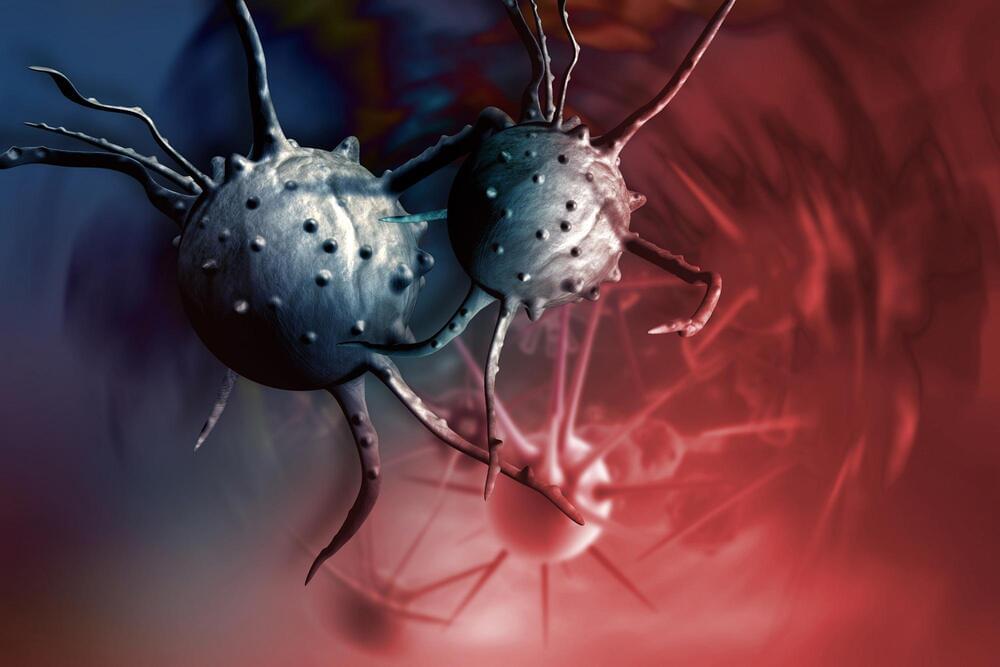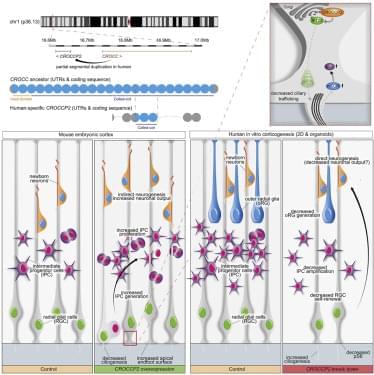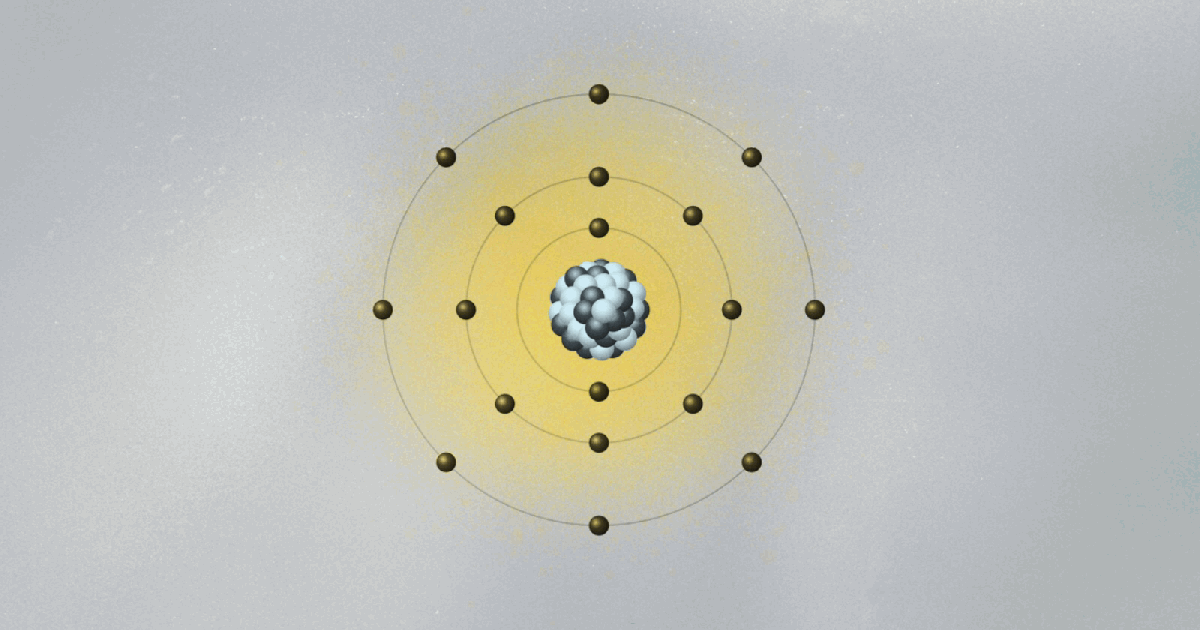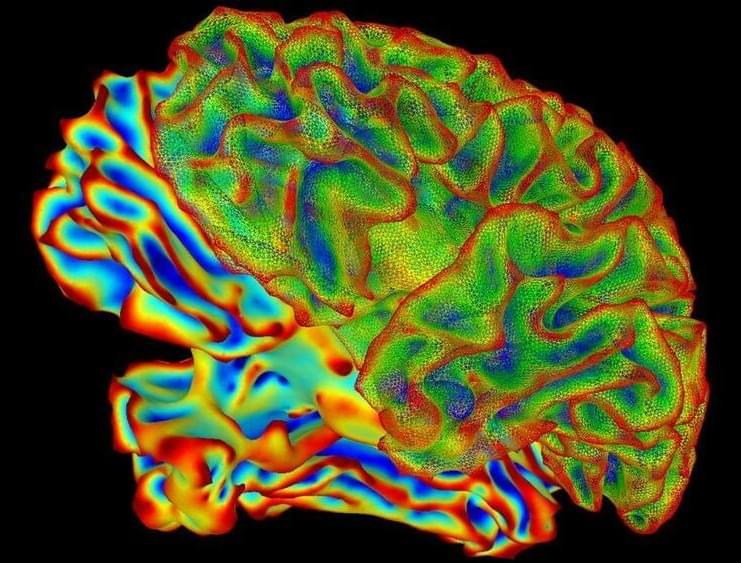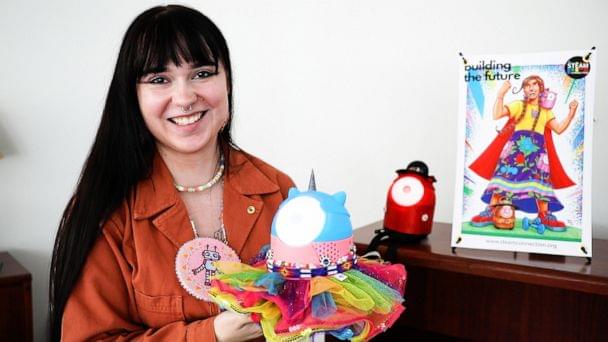Bohr’s model of the atom is kind of crazy. His collage of ideas mixing old and new concepts was the fruit of Bohr’s amazing intuition. Looking only at hydrogen, the simplest of all atoms, Bohr formed the image of a miniature solar system, with a proton in the center and the electron circling around it.
Following the physicist’s way of doing things, he wanted to explain some of his observed data with the simplest possible model. But there was a problem. The electron, being negatively charged, is attracted to the proton, which is positive. According to classical electromagnetism, the theory that describes how charged particles attract and repel one another, an electron would spiral down to the nucleus. As it circled the proton, it would radiate away its energy and fall in. No orbit would be stable, and atoms could not exist. Clearly, something new and revolutionary was needed. The solar system could only go so far as an analogy.
To salvage the atom, Bohr had to invent new rules that clashed with classical physics. He bravely suggested the implausible: What if the electron could only circle the nucleus in certain orbits, separated from each other in space like the steps of a ladder or the layers of an onion? Just like you can’t stand between steps, the electron can’t stay anywhere between two orbits. It can only jump from one orbit to another, the same way we can jump between steps. Bohr had just described quantum jumps.
